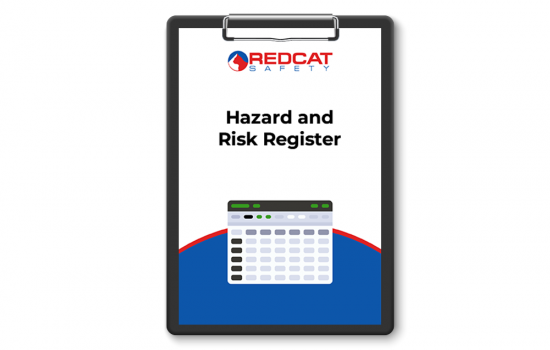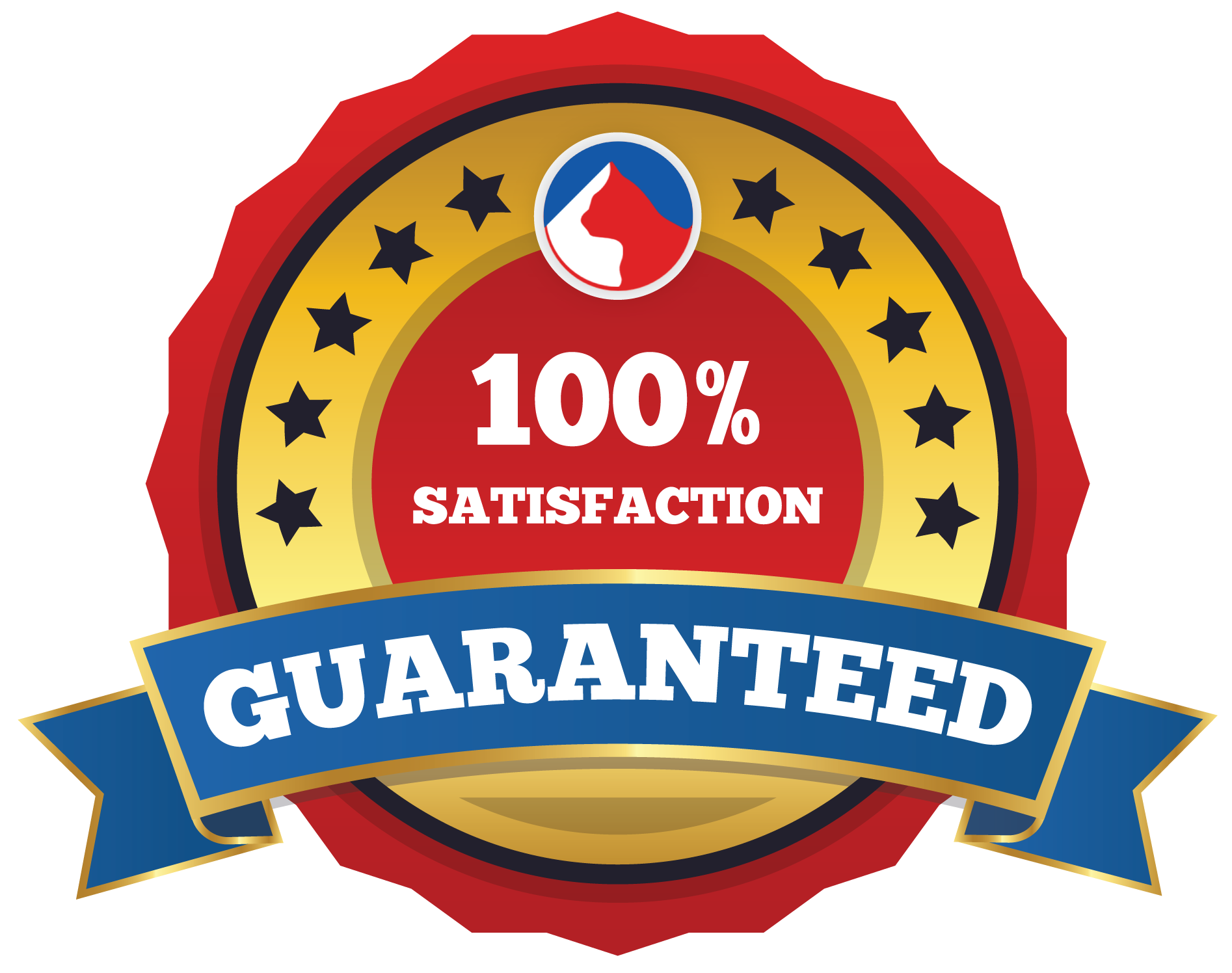What is the Difference Between a Hazard and a Risk?
A hazard is a potential source of harm or adverse health effect on a person or persons. Hazards can be physical, chemical, biological, radiological, ergonomic or psychological in nature. Risk is the probability or likelihood that a person will be harmed or experience an adverse health or safety effect if exposed to a hazard.
What is a Hazard and Risk Register?
A hazard and risk register is a tool used by organizations to identify and track hazards and risks. It can also be used to assess and prioritize risks and to develop and implement risk management plans. The register is a living document that allows new or changed hazards to be recorded and monitored for their mitigation too as low as reasonably practicable (ALARP).
The Hazard Identification and Risk Management Process
Effective hazard identification and risk management provides a level of assurance that an organization will achieve or exceed its objectives, and comply with obligations and is an essential component of due diligence responsibilities.
Typically, there is a four-stage process to identify hazards and assess and control the risks with activities, products and services over which it has control or influence.
This four-stage risk management process is to enable:
- Foreseeable hazards to be identified.
- Risks to be assessed.
- Risks to be eliminated or controlled too as low as reasonably practicable.
- Monitoring and review to determine if control measures are effective.
Step 1. How to Identify Hazards and Risks
This step involves being on the offensive to search for, detect and eliminate, or control all reasonably foreseeable hazards that have the potential to expose personnel to risk. Hazards may arise due to:
- The nature and type of work being performed.
- The location and type of work.
- Materials, chemicals, plant or equipment used.
- The time of day and climatic conditions when the work is performed.
- Proximity to the public.
- The work environment.
- Acts and omissions of personnel.
If a hazard is identified that cannot be immediately controlled, a verbal or documented hazard report should be completed and submitted to a manager or supervisor.
Step 2. Risk Assessment
Once hazards have been identified, an assessment of the risk must be made by evaluating both the likelihood of any injury, illness or damage occurring and the likely severity (or consequence) of any injury, illness or damage that may occur. The following factors should be considered when evaluating risk:
- The workplace and the working environment (including layout and conditions).
- The capability, skill, experience and training of personnel, ordinarily undertaking work.
- The number of persons exposed to the risk.
- The frequency to which persons are exposed to the risk.
- The duration of persons’ exposure to the risk.
- The systems of work used and measures currently implemented to control the risk.
- Information that is available from an authoritative source that is relevant to the hazard.
- Information provided by a supplier of any plant, equipment or substance.
- Safety data sheets and labels for any hazardous chemical.
- Information about previous injuries, illnesses and dangerous incidents.
A risk assessment can be undertaken with varying degrees of detail depending on the type of hazards and the information, data and resources that are available under the circumstances.
Step 3. Risk Elimination and Risk Control
A method of control must be selected and applied to each hazard identified. It is important to select the most effective and reasonably practicable method. This may include selecting a combination of control measures. Where it is not reasonably practicable to eliminate risks, control measures must be implemented to minimize risks to the lowest level reasonably practicable, in accordance with the risk management hierarchy of controls.
Step 4. Monitor and Review
The final step of the process is to monitor and review the effectiveness of control measures, to verify they are as low as reasonably practicable. Reviews of risk control measures may include:
- Consultation with staff.
- Verification that control measures have been fully implemented.
- Inspection of hazard reports.
- Confirmation that controls are suitable for the nature and duration of the work.
- Observation of work activities.
- Suitability of tools and equipment, including PPE.
- Checks that the implementation of control measures did not result in the introduction of any new hazards or complications.
The control measures decided upon should be discussed and reviewed for as long as necessary to enable ongoing safe work practices.
Using the Hazard and Risk Register
Risks identified in the risk management process and studies such as HAZOP’s etc should be transferred to a hazard and risk register.
Contents of this Hazard and Risk Register
This hazard and risk register has provisions for the following aspects of
- Date recorded.
- ID of risk and hazard.
- Location.
- Identified or reported by.
- Immediate action taken.
- Likelihood and consequence.
- Initial risk level.
- Control measure.
- Corrective or preventative action.
- Level of the hierarchy of control.
- Responsibility due date.
- Date closed.
- Status.
- Feedback given.
- Review date.
- Relevant legislation.
The hazard and risk register has drop-down menus to help you assess hazards and risks too.
Why Choose to Buy this Hazard and Risk Register?
This hazard and risk register can assist you to record and manage hazards and risks at your workplace. This includes any work done by contractors or subcontractors whilst completing work at your workplace.
After purchasing this template you will be able to:
- Very easily edit and customize the template to create your own hazard and risk register.
- Apply your own style, format and brand to the hazard and risk register.
- Use it in any industry or sector regardless of size or type of organization.
Availability and Use of this Hazard and Risk Register
- This hazard and risk register template is accessible to you right now by clicking the ‘Buy Now’ button.
- The register will be delivered to you in fully editable Microsoft Excel format for immediate and full use in your business.
- There are no subscriptions, contracts or ongoing costs.


